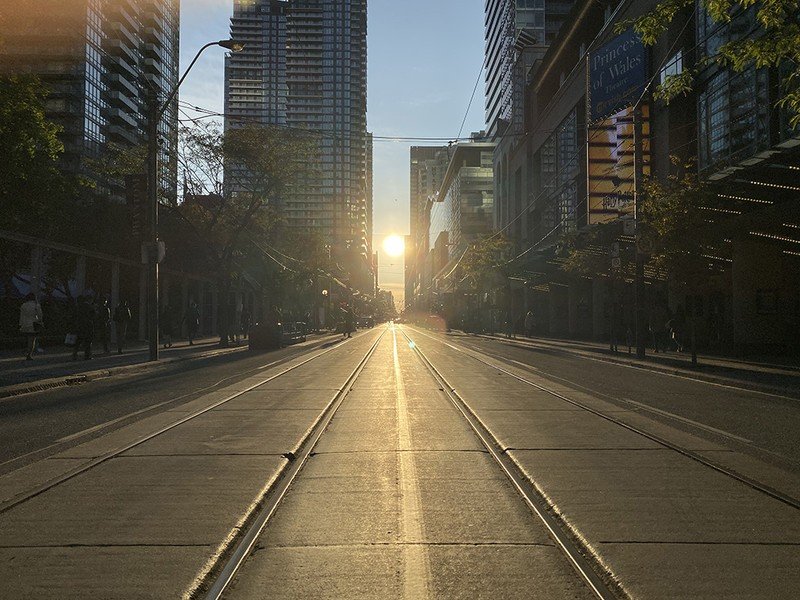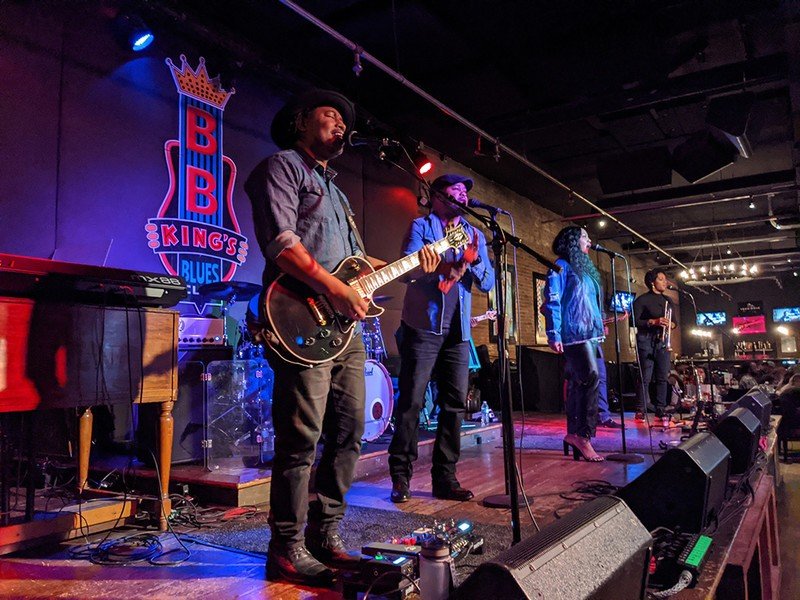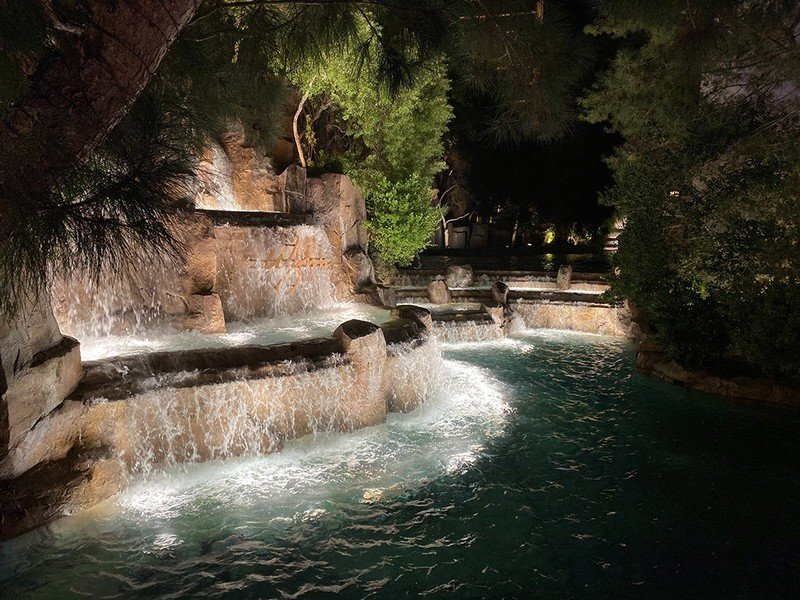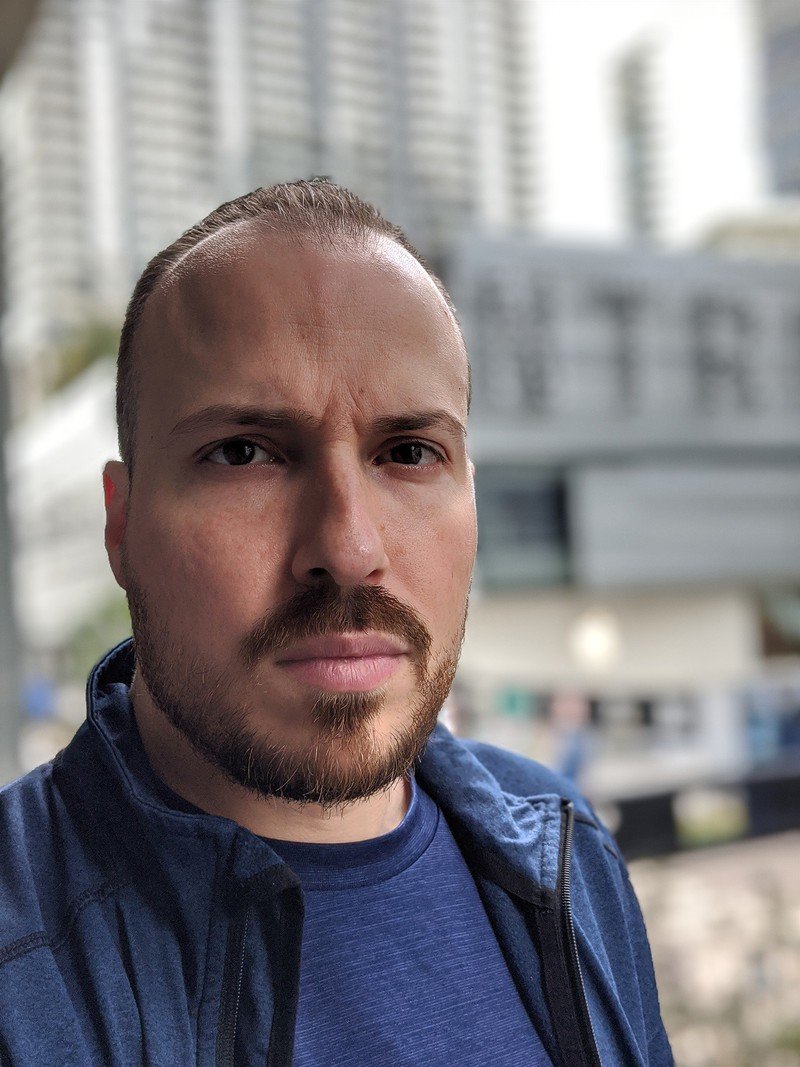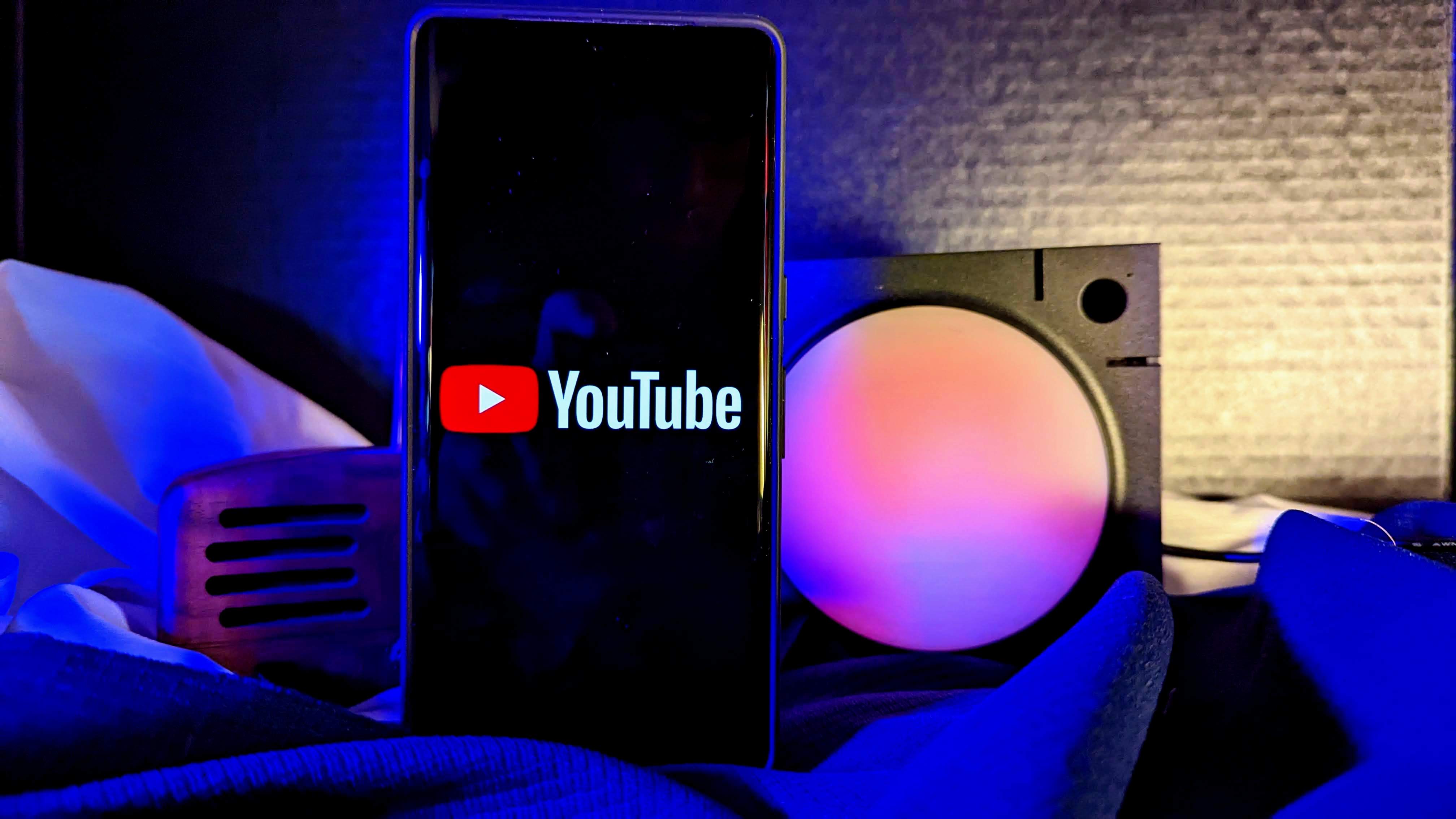Is the Pixel 4 really a better camera than the iPhone 11?
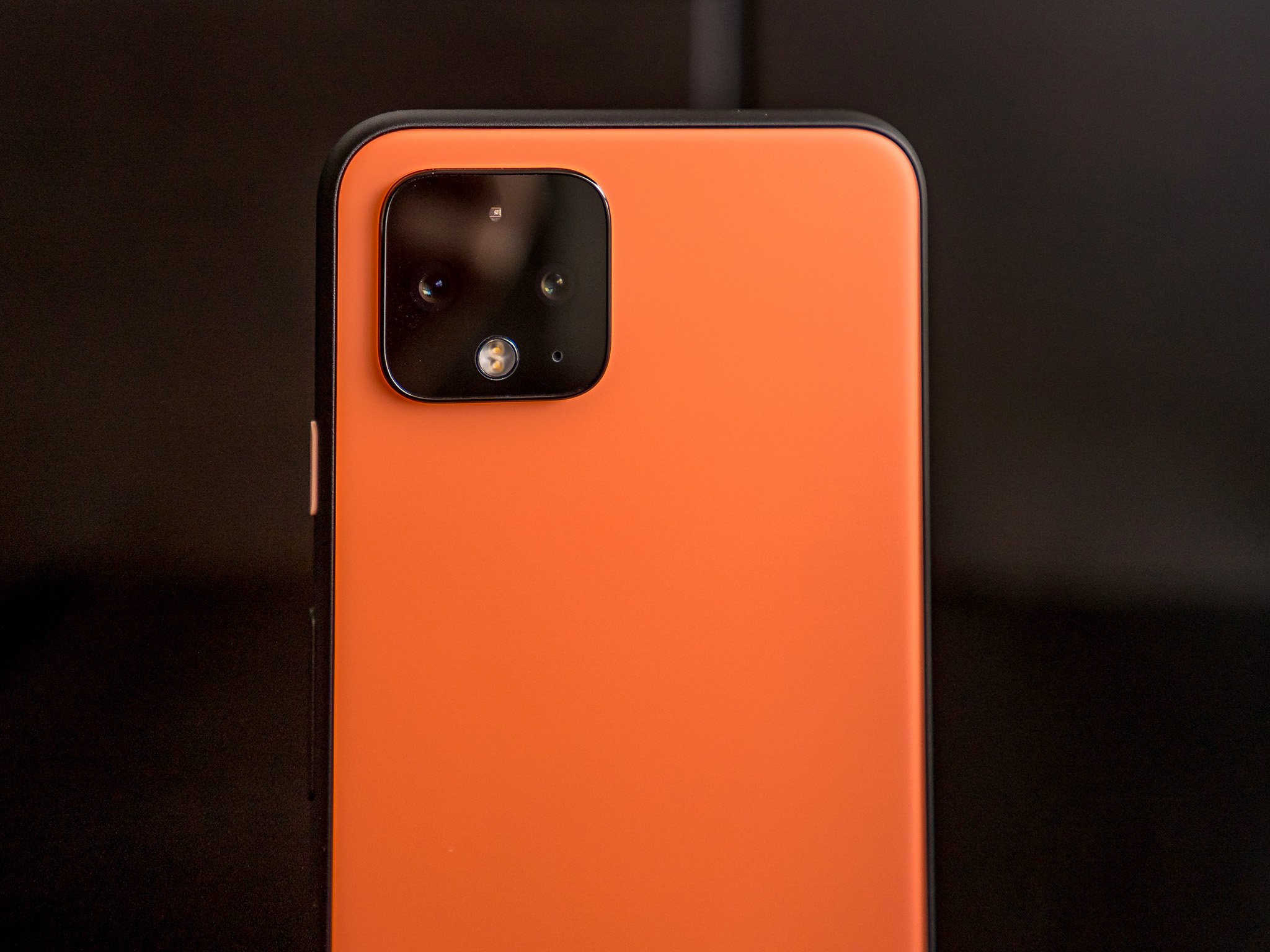
Best answer: Yes. The Pixel 4's main camera presents better results because the software does so much of the heavy lifting. With manual sliders for both exposure and shadows, users have more control over dynamic range, and Night Sight is elective, rather than a mode that kicks in on its own.
- Stay cool and get close: Google Pixel 4 (From $630 at Amazon)
The Pixel 4 gives good odds on getting a good photo
Source: Ted Kritsonis / Android CentralA sunset scene with the Pixel 4 (left) and iPhone 11 (right)
Despite sticking with the same 12MP image sensor and lens from the previous Pixel 3, the Pixel 4's camera is buoyed by Google's computational photography that interprets and interpolates any given scene when shooting it. There's plenty at work in how Google pulls this off, but the results often speak for themselves. The camera captures a burst of photos at different exposures to render more realistic colors and dynamic range.
Pixel photos are usually higher in contrast compared to the warmer tones and color temperature Apple prefers for the iPhone. In effect, the shadow slider lets you dial back Google's own penchant for contrast when it gets overzealous.
Live HDR+ now shows what the image will actually look like when you shoot it, taking away any surprises in what the phone delivers after snapping the photo. Top Shot is, at the very least, a decent attempt to help capture a moment with a good shot when anticipating it.
The iPhone 11 automates most of the camera features, especially its Night mode, leaving you no option to select it when you want. You won't necessarily get a bad photo with it in most instances, but the Pixel 4 tends to win out.
Get the latest news from Android Central, your trusted companion in the world of Android
You can get closer with the Pixel 4
Source: Ted Kritsonis / Android CentralA live band playing with the Pixel 4 (left) and iPhone 11 (right)
The Pixel 4 is the first Google handset with more than one lens in the rear camera array, and somewhat surprisingly, the company chose to go with a telephoto one. Apple, on the other hand, chose to go with an ultra-wide as its supporting lens for the iPhone 11 (the 11 Pro and Pro Max have a third telephoto lens).
The 2x optical zoom is easy to get to with a double-tap, and Google thinks getting closer to subjects is the better way to go. That is true in some instances, like a concert, sporting event, or when shooting in nature. However, it's not so much when trying to fit a large group or structure in a single frame.
You can shoot for the stars with the Pixel 4
Source: Ted Kritsonis / Android CentralA waterfall at night with the Pixel 4 (left) and iPhone 11 (right)
Okay, you may not have the opportunity to do this often if you live in or near a big city, but it's still a pretty cool feature to have on a phone. Put the phone on a tripod, select Astrophotography Mode, angle it toward a clear night sky, and the feature kicks in when it appears onscreen.
That's simply not an option on the iPhone 11's camera. You could theoretically attempt to do a long exposure using a third-party app with full manual controls, but Google's software does the same thing in mere seconds.
And that's Google's software working in overdrive in a nighttime setting. Night Sight is more effective, in most instances, at capturing detail without noise than the iPhone 11's Night Mode can manage.
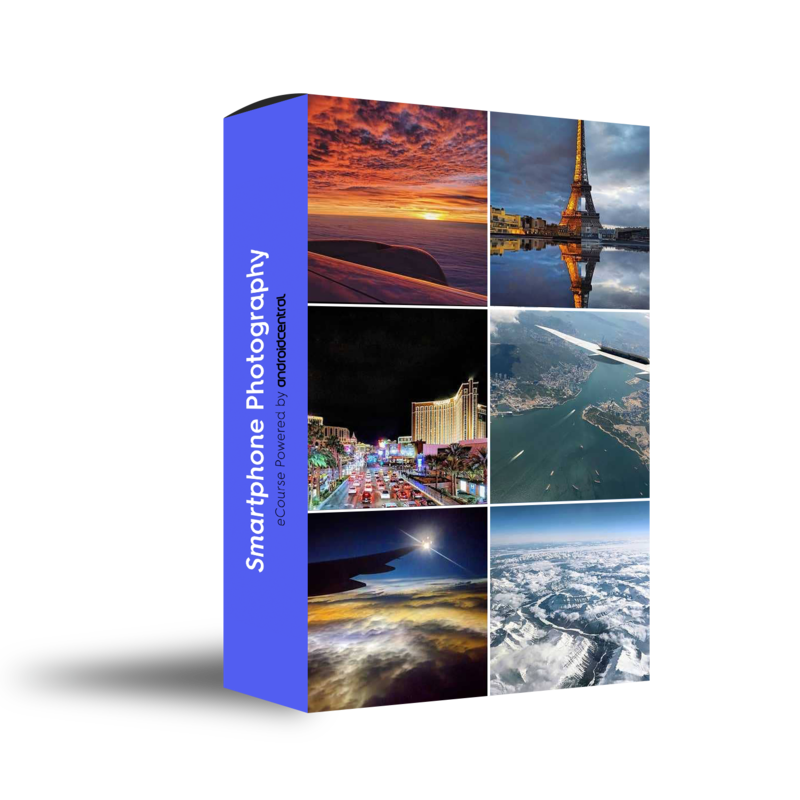
Hosted by Android Central's Alex Dobie
Join us for a deep dive into everything you need to know to take better photos. Composition, software features, and editing are just some of the features we'll be tackling together in this course.
Speaking of low-light shooting…
Apple had to catch up to Google, and the iPhone 11 did that — at least up to the Pixel 3. The Pixel 4 captures better detail in dim settings and can bring out more dynamic color in two different options: adjust the shadow and exposure sliders in the regular photo mode, or shoot with Night Sight. The former is good for most snaps, whereas the latter is great for static subjects, like architecture, for instance.
Portraits come out looking pretty good
Source: Ted Kritsonis / Android CentralA self-portrait taken with the rear camera on the Pixel 4 (left) and iPhone 11 (right)
Google dazzled people in the last two years with its bokeh effect using only one lens. Now that there are two, there's at least some optical help involved. It's not perfect, but still among the best available. The only thing is you might not like how nitty-gritty Google gets in bringing out detail in every face, though you can edit that afterward if you like.
Softening effects are common in portrait modes across various devices, and the iPhone 11 does cover faces with some of that treatment (though dialed back a whole lot since the iPhone X).
Source: Ted Kritsonis / Android CentralAn ornate hotel lobby with the Pixel 4 (left) and iPhone 11 (right)
Is there room for improvement?
Sure, there is, especially on the video side of the equation. Google hasn't really translated all of its still photo prowess over to moving images as it should. Apart from the fact that it currently only offers two framerates (30fps and 60fps), it can also be buggy sometimes.
There has been speculation a 24fps option is coming in a future update to Google's camera, filling that void. Let's hope it does because that would be awesome. The iPhone 11 is a solid, straight-up video shooter, even without too many extra controls, making it the benchmark.
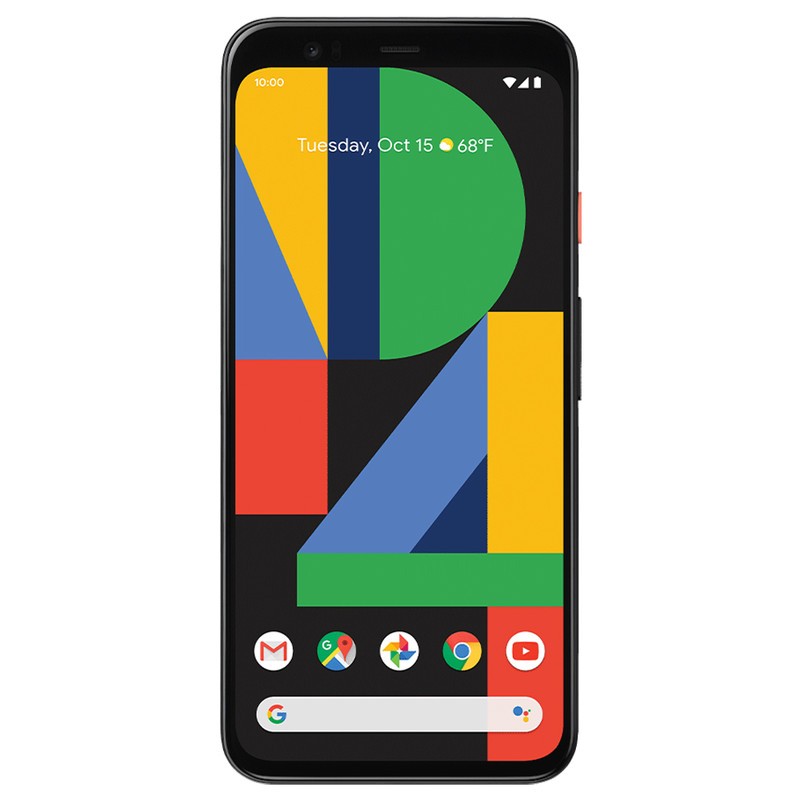
Clutch shooter
The Pixel 4 is a lightweight phone, but a heavyweight camera. It sorely lacks the ultra-wide perspective some scenes desperately need, though makes up for that with how dependable it is in a pinch. It stays more faithful to actual real-life colors and offers user-friendly tools for composition. You also don't have to pay a premium to get a telephoto lens like you would in going to an iPhone 11 Pro.

Ted Kritsonis loves taking photos when the opportunity arises, be it on a camera or smartphone. Beyond sports and world history, you can find him tinkering with gadgets or enjoying a cigar. Often times, that will be with a pair of headphones or earbuds playing tunes. When he's not testing something, he's working on the next episode of his podcast, Tednologic.

